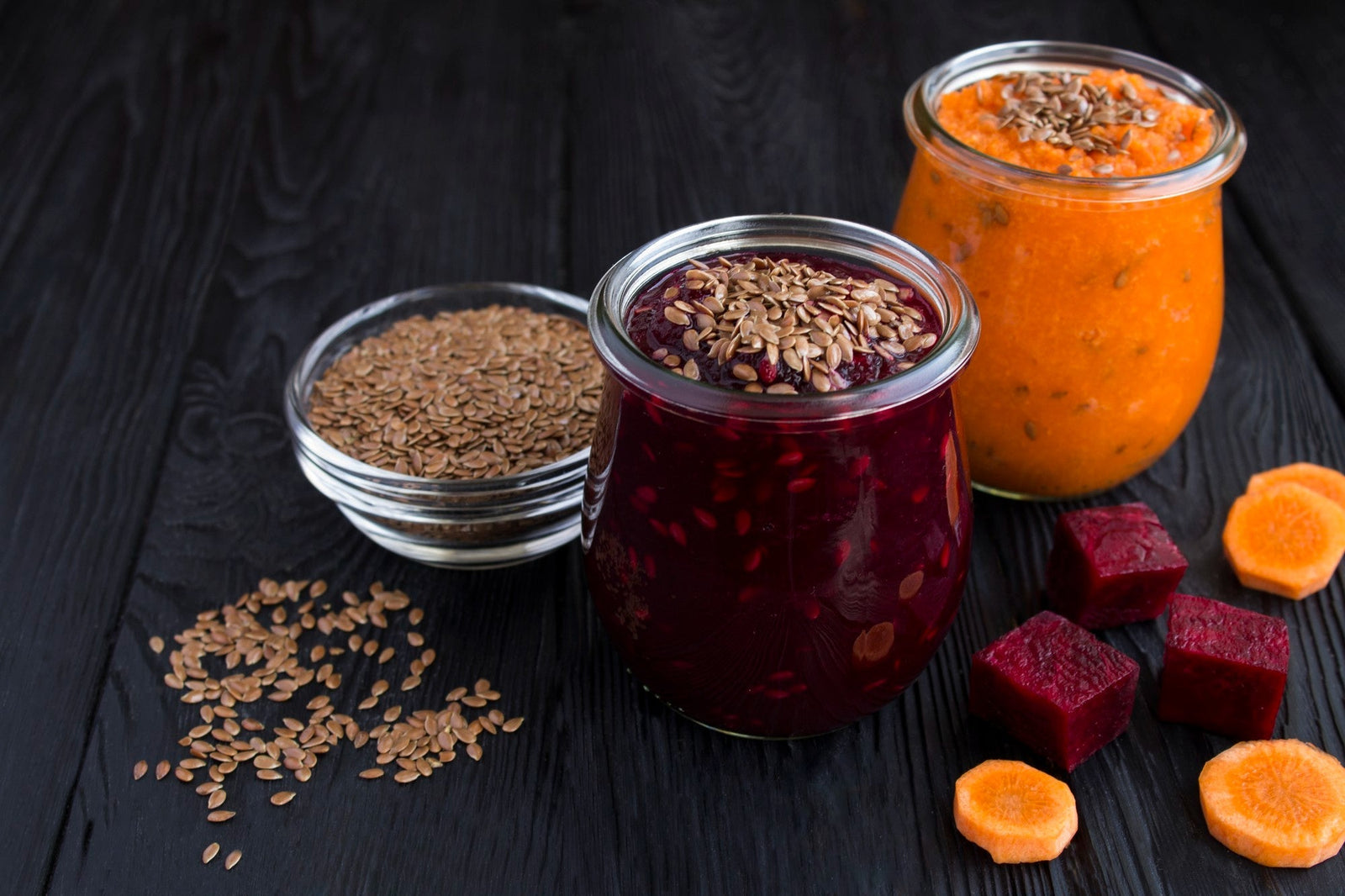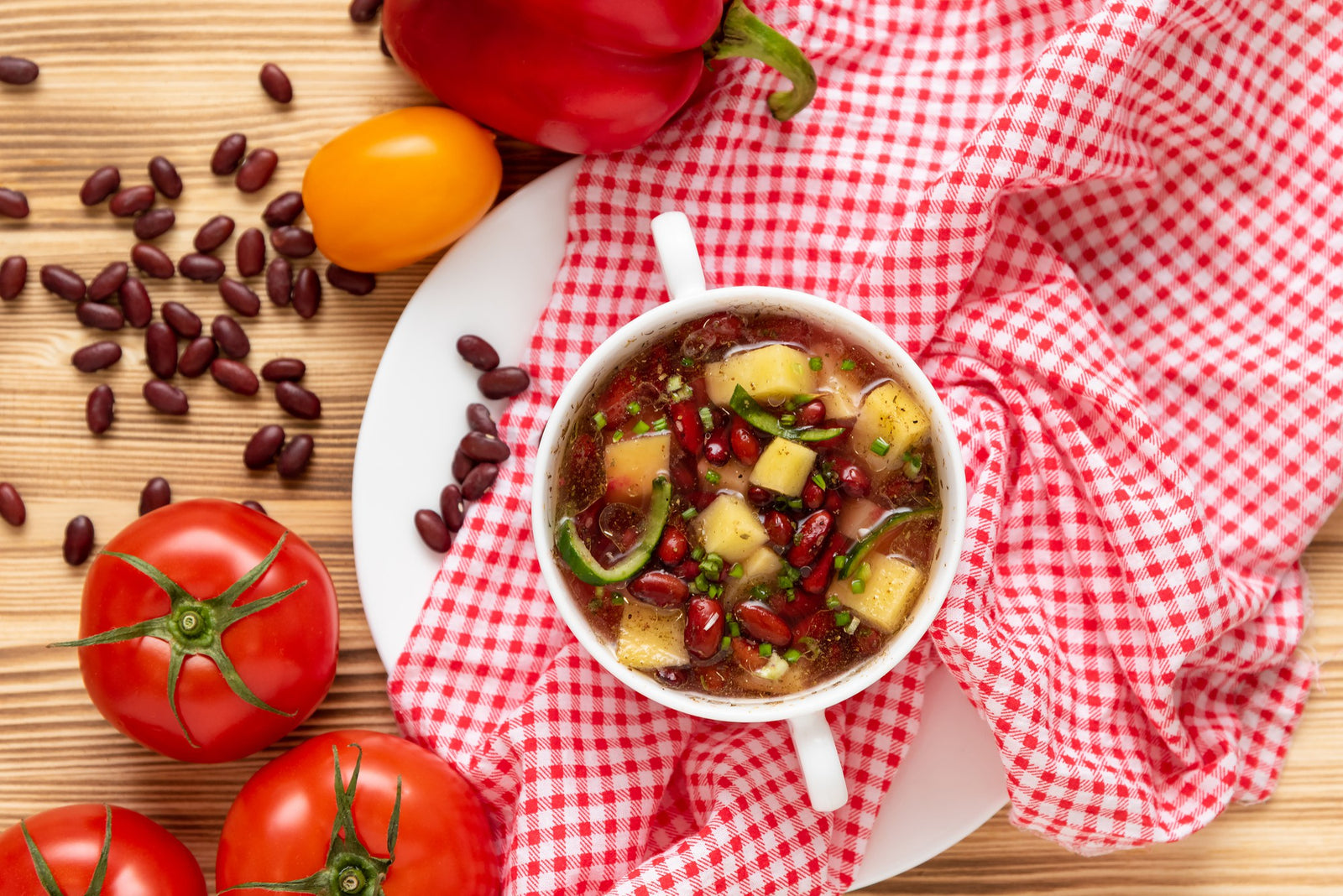
January 25, 2022 3 min read
Curry powder is a mix of an assortment of spices used widely in Indian and other South Asian cuisines. The blend can contain up to 20 different spices and herbs most commonly using cardamom, chilies, cloves, cumin, coriander, turmeric, fenugreek, and fennel among several others. Traditionally curry powder is made at home in many Indian homes. This means that each curry powder will have its own distinct flavor, depending on the type and quantity of different spices used.
Commercially prepared curry powder is available in both mild and hot versions. The mild version will offer a rich flavor sans the heat making it suitable for any recipe that calls for curry powder. Hot curry powder will deliver the flavor as well as the element of heat that kicks up the recipe a notch.
History
Curry powder was introduced to the west after the British occupation of India. British manufacturers developed their own versions of curry powder in an attempt to provide a readymade spice equivalent to the Indian spice mix.
The term curry is derived from the Tamil word “Kari” meaning spiced sauce which was later anglicized into “curry”. However, in India curry typically refers to a stew or a gravy dish but the term curry has taken on an entirely different meaning in the Western world and can be used to refer to a number of savory and spicy dishes.

Health benefits
Given the number of potent ingredients included in curry powder, the spice mix can yield an equal number of health benefits. Some of these include stimulating the immune system, reducing the risk of bacterial infections, improving digestive health, anti-inflammatory properties, and cancer-fighting properties.

Making and storing curry power
While every home’s curry powder will have its own unique taste, a basic curry powder recipe will call for the following ingredients: 2 tablespoons each of ground cumin, ground coriander and ground turmeric, along with half a teaspoon each of crushed red pepper flakes, mustard seeds, and ground.
Mix all ingredients in a food processor or blender and process to a fine powder. The spice mix should be
stored in an airtight container.
However, curry powder can quickly lose its pungency because of the volatile oils found in many of its
ingredients, but will keep well for two months in an airtight container.
When commercially dried spices and herbs are used, they do not spoil easily. However, the same will lose their potency over time and may not flavor food as intended. Store-bought curry powder will often display a shelf life of up to six months after which it will generally lose both its flavor and nutrients.
Cooking
Working with curry powder has a very wide canvas since it can be used to flavor any type of dish with meat fish or vegetables. It can also be added to soups, stews, sauces, marinades and of course curries.
Thanks for reading this Be Still Farms Blog article. To sign up for more news/articles and/or recipes, click here. For more about us, click here. To shop our certified organic products, click here.
Please comment and share and we look forward to serving you in the future!
Comments will be approved before showing up.

January 27, 2025 3 min read
Flaxseed, the tiny yet powerful superfood, is packed with nutrients that can support weight loss. From curbing hunger to stabilizing blood sugar, this guide dives into the science of how flaxseed can help you shed those extra pounds.

December 11, 2024 3 min read
Discover three quick and easy soup recipes featuring organic small red beans. From a classic vegetable soup to a creamy potato blend, these wholesome recipes are perfect for chilly days and busy weeknights. Packed with flavor and nutrition, these soups will warm your heart and soul this winter!

December 06, 2024 3 min read
This vibrant and nutritious Green Lentil Salad combines tender lentils with grilled chicken, fresh vegetables, and a zesty lemon dressing. Packed with protein, fiber, and essential vitamins, it’s the perfect healthy meal for any time of day.
© 2026 Be Still Farms- Real, Fine Organics.
Privacy | Terms | Refund Policy | Organic Certification
